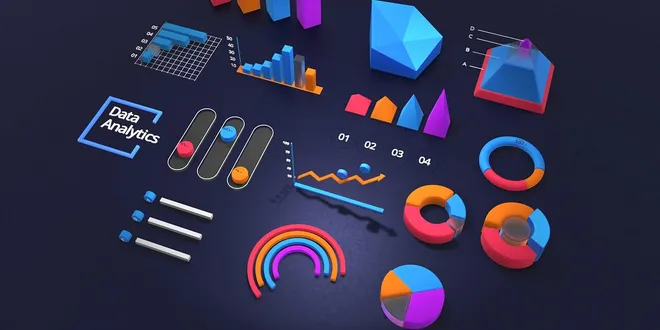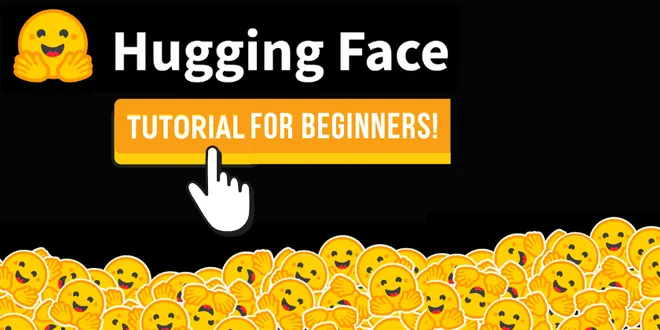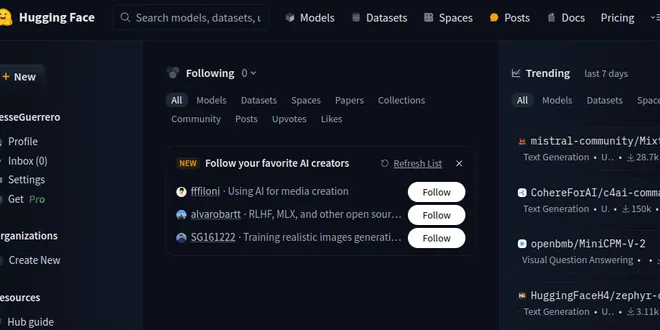hugging-face
Hugging Face is a prominent startup in the field of Natural Language Processing (NLP) and artificial intelligence (AI). Founded in 2016, it has gained recognition for its open-source library that provides a wide array of pre-trained models and tools for various NLP tasks. Hugging Face aims to democratize access to advanced machine learning technologies, enabling developers and researchers to easily implement state-of-the-art models like BERT and GPT-2. The platform fosters a collaborative community where users can share their models and contribute to the rapid advancement of NLP, making it a vital resource for data scientists and AI practitioners alike 234.

What’s Hugging Face?
No, it’s not just the cute emoji on your phone Continue reading on Towards Data Science
📚 Read more at Towards Data Science🔎 Find similar documents

Beyond the Warm Embrace: A Deeper Look at Hugging Face
Hugging Face is a platform that offers tools and pre-trained models for various Natural Language Processing (NLP) and Natural Language Understanding (NLU) tasks. In our previous article, A Warm Embrac...
📚 Read more at Towards Data Science🔎 Find similar documents

Hugging Face: A Step Towards Democratizing NLP
Hugging face; no, I am not referring to one of our favorite emoji to express thankfulness, love, or appreciation. In the world of data science, Hugging Face is a startup in the Natural Language…
📚 Read more at Towards Data Science🔎 Find similar documents

Implement NLP Tasks Using Hugging Face
Hugging Face is an open-source AI community for and by machine learning practitioners with a focus on Natural Language Processing (NLP), computer vision and audio/speech processing tasks. Whether you…...
📚 Read more at Towards Data Science🔎 Find similar documents

Hugging Face Tutorial for Beginners!
Welcome to this beginner-friendly tutorial on sentiment analysis using Hugging Face’s transformers library! Sentiment analysis is a Natural Language Processing (NLP) technique used to determine the em...
📚 Read more at Level Up Coding🔎 Find similar documents

Hugging Face 🤗, with a warm embrace, meet R️ ❤️
I’m delighted that R users can have access to the incredible Hugging Face pre-trained models. In this demonstration, we provide a straightforward example of how to utilize them for sentiment analysis ...
📚 Read more at R-bloggers🔎 Find similar documents

Hugging Face Pipelines
A practical guide on how to perform NLP tasks with Hugging Face Pipelines Image by Canva With the libraries developed recently, it has become easier to perform deep learning analysis. One of these li...
📚 Read more at Towards AI🔎 Find similar documents

An Entry Point Into HuggingFace
HuggingFace can be complex and complicated if you don’t know where to start to learn it. One entry point into HuggingFace repository are run_mlm.py and run_clm.py scripts. In this post, we will go thr...
📚 Read more at Towards Data Science🔎 Find similar documents

Getting Started with Hugging Face 🤗
DataBites 10
📚 Read more at DataBites🔎 Find similar documents

Why Hugging Face is Essential for Every Machine Learning Programmer
HuggingFace is a recent development in Computer Science history. If you look 4 years back at previous states of huggingface.co, you will find not even a quarter of the services built by HuggingFace ex...
📚 Read more at Javarevisited🔎 Find similar documents

Unlocking the Power of Hugging Face for NLP Tasks
The field of Natural Language Processing (NLP) has seen significant advancements in recent years, largely driven by the development of sophisticated models capable of understanding and generating huma...
📚 Read more at Becoming Human: Artificial Intelligence Magazine🔎 Find similar documents

How To Use Hugging Face Agents For NLP Tasks
Hugging Face, the open-source AI community for machine learning practitioners, recently integrated the concept of tools and agents into its popular Transformers library. If you have already used…
📚 Read more at Towards Data Science🔎 Find similar documents

